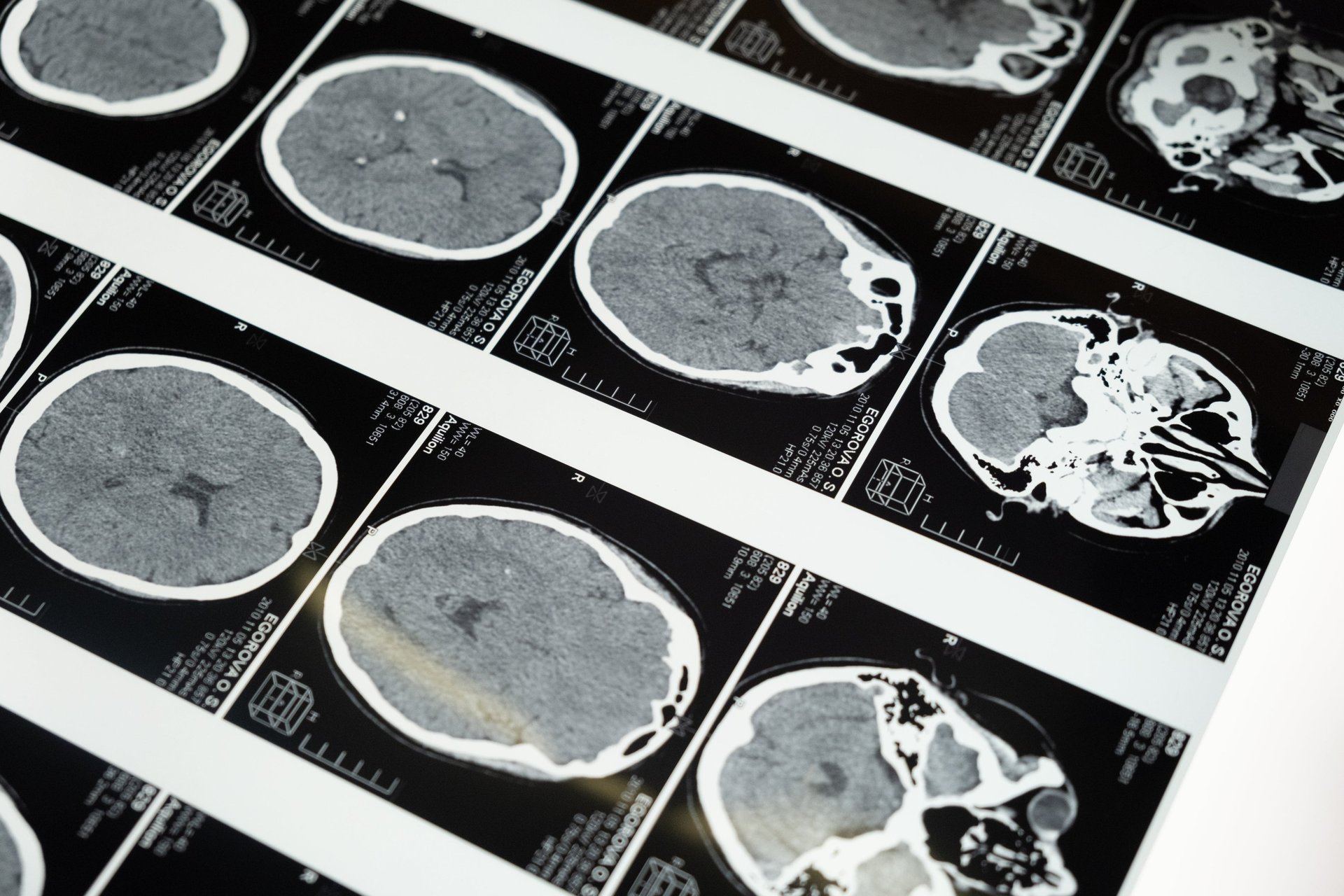
Febrile Seizures
Everything You Need to Know About Febrile Seizures
SNIPPETSCOMMON CHILDHOOD DISORDERS
Dr Praful Gowda
3 min read
A child with a fever, especially a high one, can be a source of immense worry for any parent. And if that fever is accompanied by convulsions or seizures, the fear can be overwhelming. However, understanding febrile seizures, their causes, and how to handle them can bring some much-needed peace of mind.
What are Febrile Seizures?
Febrile seizures are convulsions triggered by a high fever, typically above 100.4°F (38°C), in young children between the ages of 6 months and 5 years. They affect around 3-4% of children in this age group and are usually harmless, leaving no long-term consequences.
It is not epilepsy, and it will not affect the development of your child’s brain and intelligence. Most febrile seizures stop by the age of 5 years.
Types of Febrile Seizures:
There are two main types of febrile seizures:
· Simple Febrile Seizures:
These are the most common, lasting less than 15 minutes and involving generalized shaking or jerking of the whole body. The child may lose consciousness and have brief involuntary bowel or bladder movements.
· Complex Febrile Seizures:
These last longer than 15 minutes, involve only one side of the body or specific body parts, and may occur more than once in a 24-hour period.
What Causes Febrile Seizures?
The exact reason why some children have febrile seizures while others don't is not fully understood. It likely involves a combination of factors, including:
· Rapid rise in body temperature: This disrupts the immature nervous system in young children, leading to temporary electrical imbalance in the brain.
· Genetic predisposition: Children with family members who had febrile seizures are more likely to experience them themselves.
· Underlying medical conditions: In rare cases, an underlying medical condition like meningitis or encephalitis may be the cause of the fever and seizure.
Symptoms of Febrile Seizures:
While every child may experience a febrile seizure differently, some common symptoms include:
· Fever above 100.4°F (38°C)
· Convulsions or shaking of the whole body or specific parts
· Loss of consciousness
· Stiffening of the body
· Rolling of the eyes
· Uncontrollable bowel or bladder movements
· Drooling
· Moaning or crying
What to Do During a Febrile Seizure:
· Stay calm: Panicking will not help your child.
· Place the child on a soft surface and remove any sharp objects to prevent injury.
· Loosen constricting clothing.
· Turn the child onto their side to allow easier breathing.
· Do not put anything in their mouth.
· Time the seizure: Note the start and end time to inform the doctor later.
· Call for emergency medical assistance: This is crucial even if the seizure stops, as they can assess the underlying cause and provide further advice.
What NOT to Do During a Febrile Seizure:
· Do not restrain the child.
· Do not try to put anything in their mouth.
· Do not attempt to give them medication.
· Do not try to cool them down too quickly.
After the Seizure:
· Comfort and reassure your child.
· Offer fluids and a light meal if they feel up to it.
· Monitor their temperature and watch for any new symptoms.
· Ensure adequate intake of fluids to prevent dehydration.
· Tepid sponging at a temperature of 28–30°C may be considered.
· Paracetamol must be administered in the dosage recommended by your pediatrician. Paracetamol would help to decrease the temperature, and it will not reduce the risk of febrile seizures
· Follow up with your child's doctor for evaluation and further guidance.
Preventing Febrile Seizures:
While there is no foolproof way to prevent febrile seizures, some measures can help reduce the risk:
· Keep your child well-hydrated.
· Dress them lightly in cool weather.
· Treat underlying medical conditions that may cause fever.
· Use fever-reducing medications like acetaminophen or ibuprofen as directed by your doctor.
· Clobazam may be administered in selected cases for 2–3 days of fever as per recommendations from your pediatrician. However, it may not prevent occurrence of seizures.
When to Seek Immediate Medical Attention:
· If the seizure lasts longer than 15 minutes.
· If the child has multiple seizures within 24 hours.
· If the child has difficulty breathing or turns blue.
· If the child has a stiff neck or severe headache.
· If the child becomes unresponsive or confused after the seizure.
Do I need to get magnetic resonance imaging (MRI) or electroencephalography (EEG) done for my child?
· There is no need for an MRI brain or EEG in a child with simple febrile seizures, even if they are multiple.
· However, in selected cases such as children with prolonged febrile seizure, complex febrile seizure, suspected epilepsy syndromes such as GEFS+, MRI brain, and EEG might be required as decided by your physician.
· Uncooperative children may require sedation for MRI brain and EEG recording. So, your doctor might prescribe some medicines for sedation
What is the risk that my child will have another febrile seizure?
· Roughly 40% of children with febrile seizures will have a recurrence of seizure.
· The chances of having recurrent episode are higher among those with one or more of the following:
• Age at the onset before 18 months. • Duration of fever
Remember:
· Febrile seizures are usually harmless and do not cause long-term damage.
· Knowing what to do during and after a seizure can help you stay calm and manage the situation effectively.
· Always seek medical advice if you have any concerns about your child's well-being.
By understanding febrile seizures and knowing how to respond, parents can face these situations with greater confidence and ensure their child receives the right care.
Additional Resources:
· National Institute of Neurological Disorders and Stroke: https://www.ncbi.nlm.nih.gov/books/NBK448123/
